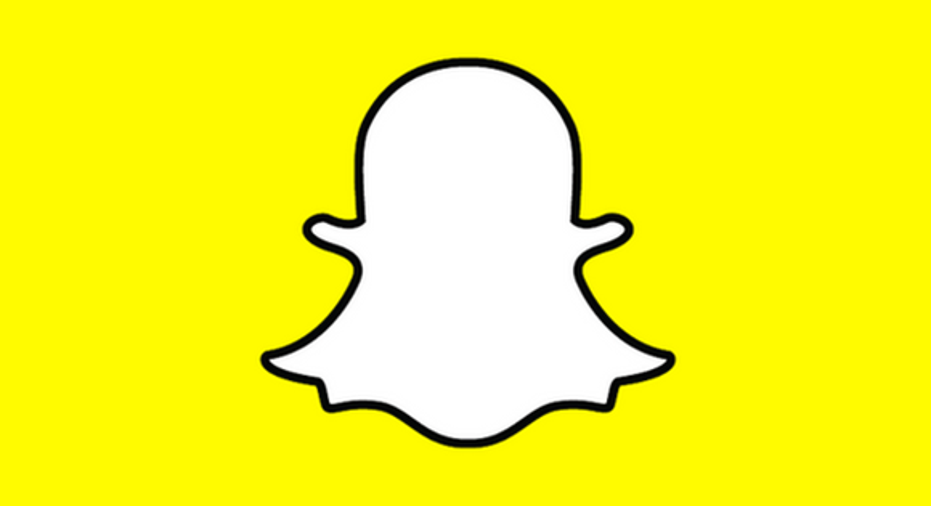Why Twitter, Facebook, and Google Investors Should All Be Afraid of Snapchat

Image source: Snapchat/author.
Snapchat may beat its internal revenue projections this year as it aggressively expands its advertising business. Earlier this year, Re/code reported that Snapchat was projecting $300 million to $350 million in revenue this year. Later, TechCrunch uncovered an investor's presentation deck that revealed projections for between $500 million and $1 billion in revenue next year, the higher end of which is based on bullish sales targets.
Now, eMarketer sees revenue coming in at the high end of those projections. It estimates Snapchat's revenue for 2016 will top internal estimates reaching $367 million this year. Next year, revenue could rise to $935 million before reaching $1.76 billion in 2018.
Snapchat's improvements in ad technology and ad inventory, as well as its strong engagement and growing user base, make it a significant threat to Facebook (NASDAQ: FB), Twitter (NYSE: TWTR), and YouTube, a subsidiary of Google -- the Alphabet (NASDAQ: GOOG) (NASDAQ: GOOGL) company.
How Snapchat will get to $1 billion
Snapchat CEO Evan Spiegel once shunned targeted advertising as on Facebook or YouTube as "creepy." Earlier this year, he walked those comments back a bit. "Creepy is on one end of the spectrum," he told an audience at the American Magazine Media Conference in February:
In other words, Snapchat is taking steps toward more targeted advertising instead of broad-based brand advertising. Snapchat collects data on your Stories, the Live Stories you watch, the Discover channels you browse, and your other in-app activity. Starting this quarter, advertisers will be able use that data along with general demographic information (gender, location, operating system) to target ads.
Additionally, Snapchat opened its ads API earlier this year through its Snapchat Partners program, which also includes approved creative agencies for designing some of the more notable ad offerings on Snapchat.
Snapchat's ad inventory includes sponsored geofilters, which overlay a graphic on a photo based on a user's location, and sponsored lenses, which can manipulate a user's face. Those ads can be costly to design, but Snapchat has also partnered with 11 measurement firms to allow marketers to track the return on their investment.
Millennials are spending more time on Snapchat
On top of improving its advertising functionality, Snapchat is seeing users spend tons of time in its app. A recent report from comScore found the only social network the average millennial user spends more time in is Facebook.
Snapchat says its average user spends between 25 and 30 minutes per day in the app. Facebook says its users spend an average of 50 minutes per day between Facebook, Instagram, and Messenger. The average YouTube session lasts 40 minutes, according to Alphabet's management. Twitter doesn't provide data on time spent per user, but a recent Morgan Stanley estimate put it at less than three minutes per user. What's more, the analysts think its user engagement will decline going forward.
As Snapchat's user base and its number of publishing partners grows, users are finding more content to browse on the app. The introduction of Discover, filters, and lenses has led users to spend more time interacting with content on the app, which makes it particularly appealing for advertisers.
Twitter is heavily reliant on direct sales to brand advertisers, which still make up more than 50% of its ad revenue. Those are the same advertisers Snapchat is attracting. As such, Snapchat's growth comes at the expense of Twitter's growth, which is evident in Twitter's outlook for the third quarter. It expects just 5% revenue growth year over year.
Facebook isn't safe either, and it knows it. It's still working to attract advertisers to its Instagram property, which counts just 200,000 advertisers (compared to Facebook's 3 million). Earlier this Summer, Instagram rolled out Stories, which is a blatant copy of Snapchat's popular stories feature. The goal isn't to take time away from Snapchat, rather than prevent more users from leaving Instagram for the competing app.
YouTube, meanwhile, loves to promote itself as a destination for millennials. Google recently commissioned a survey from ComScore, just to show marketers how much millennials love YouTube. It found that 35% of millennials prefer YouTube to TV, and 37% of them binge-watch (no definition provided) YouTube on a daily basis. Snapchat says it reaches 41% of millennials on any given day. Advertisers looking to reach millennials will have to consider Snapchat versus YouTube, which makes it a significant threat to one of Google's biggest businesses.
With a growing number of advertising options and tools, Snapchat is starting to grow its ad revenue rapidly. While digital advertising is growing faster than just about anything, Snapchat's emergence will still put a damper on the growth of large social platforms such as Twitter, Facebook, and YouTube.
A secret billion-dollar stock opportunity The world's biggest tech company forgot to show you something, but a few Wall Street analysts and the Fool didn't miss a beat: There's a small company that's powering their brand-new gadgets and the coming revolution in technology. And we think its stock price has nearly unlimited room to run for early in-the-know investors! To be one of them, just click here.
Suzanne Frey, an executive at Alphabet, is a member of The Motley Fool's board of directors. Adam Levy has no position in any stocks mentioned. The Motley Fool owns shares of and recommends Alphabet (A shares), Alphabet (C shares), Facebook, and Twitter. Try any of our Foolish newsletter services free for 30 days. We Fools may not all hold the same opinions, but we all believe that considering a diverse range of insights makes us better investors. The Motley Fool has a disclosure policy.



















